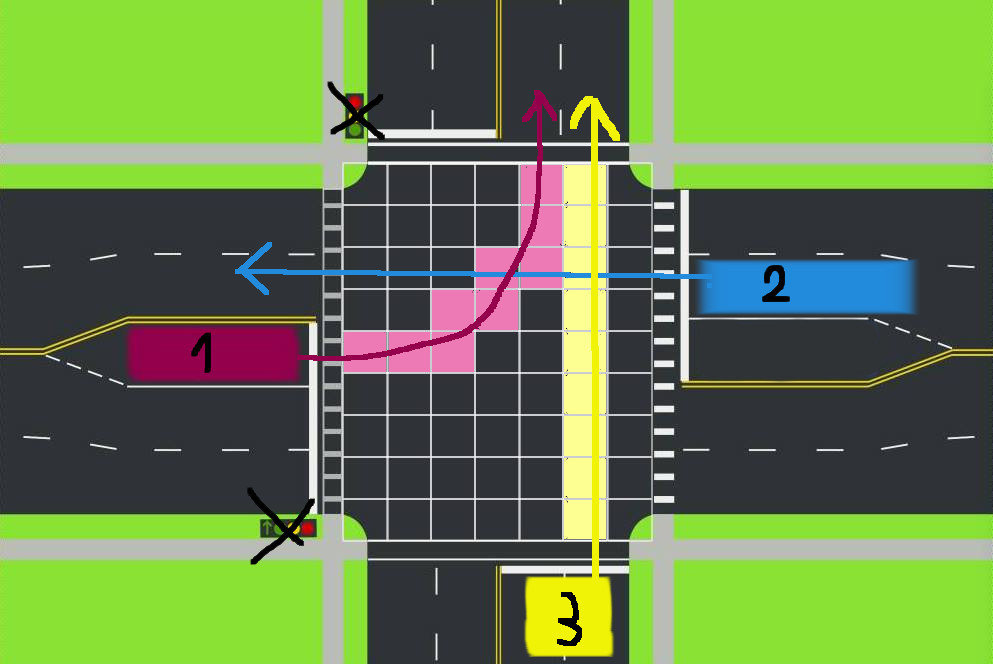Simulation of autonomous intersection management
Michał Tomański
Promotor: dr hab. inż. Jarosław Wąs
Overview
- Why?
- What?
- How?
Current situaton


So, what's the problem?
- The infrastructure is not ready
- Classic intersections won't be effective
- Parking places could be more 'intelligent'
- They need a huge improvement!
Goal
- To create an intersection management system for autonomous vehicles
- Investigate the system under simulation
- Also simulate traditional approaches (traffic lights, roundabout, intersection with priorities)
- Compare the results of simulation and choose a winner
Autonomous Intersection Management
- A vehicle approaching the intersection sends a notice to the managing server
- The notice contains incoming direction and desired direction of the vehicle
- The notice is added to the queue managed by the server
- The manager keeps track of the intersection's area usage in a time slot
- Based on the usage, manager sends back an approval of crossing or a rejection


Approval
- The manager is responsible for calculating the route of the vehicle
- The route cannot interfere with already allocated routes
- Constant speed and constant angular velocity is assumed
- The car is required to slow down to the given speed
Additional things to consider
- Common notice protocol
- Safety measures - safe distance, speed
- Protocol of retrying in case of network failure
- Behavior of vehicles in case of software failure
- Brief specification of hardware needed for both server and vehicles
Improvements
- Nonlinear speed, nonlinear angular velocity
- Parametrised vehicles
- Priorities - emergency vehicles, buses, bus lanes
- Priority algorithms - first come first served, first route availabe first served
- Time optimisation - one vehicle optimisation, entire crossing throughput optimisation - Altruism!
- Fuel consumption optimisation
- Audit logs - legal concerns
Technical stuff
- Language: scala
- Web framework: Play
- Concurrency mechanism: Akka actors
- Messaging system and persistence: Kafka
- Front-end: ReactJS with typescript (just for simulation)